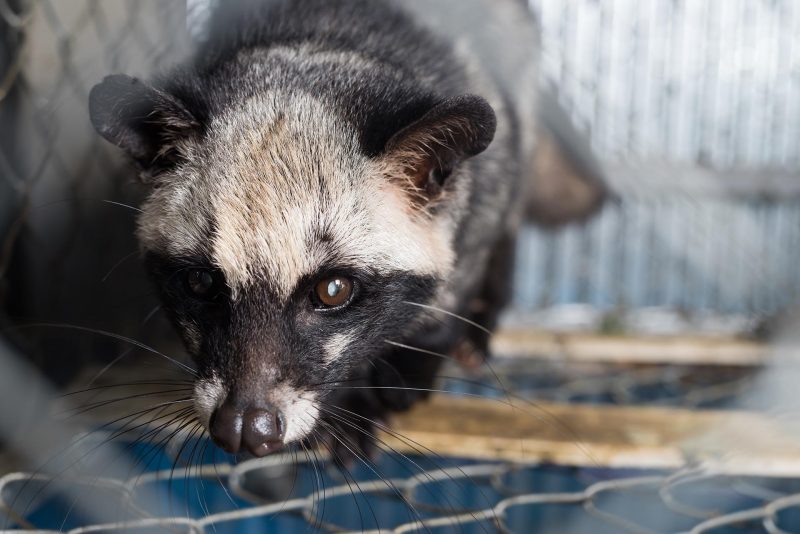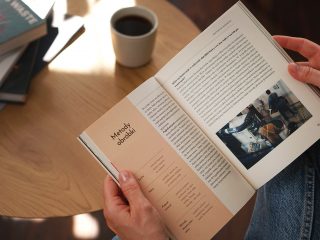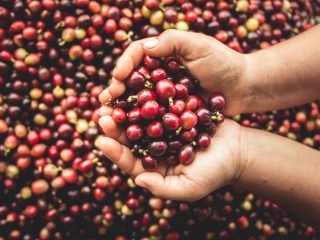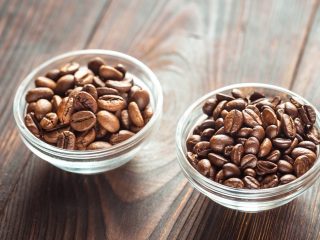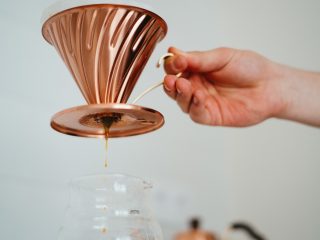Very often, when people find out that I am interested in coffee, they ask if I have tried the famous kopi luwak. “You know, the best one in the world!” No, I haven’t, and I don’t feel any less of a coffee lover. I prefer to stay away from a business that stinks of pretense and mythomania.
The animal cannot be wrong
What is kopi luwak? These are coffee beans obtained from the faeces of a cute animal called a palm civet or a luwak. And where does the coffee in their tummy come from? In the past, civets used to live in the wild and roam among the bushes of the coffee tree, eating ripe cherries. Their digestive system digests the outer skin and the pulp, leaving the coffee bean to travel along the rest of the said system until it sees, well… a light in the tunnel.
Clever People, seeing the coffee beans being processed without any human effort, began to collect civet droppings, rinse it – and that’s how they started to obtain the coffee called kopi luwak. Thanks to gastric acids, it is supposed to lack bitterness and acidity and have a sweet, chocolate-caramel flavor.
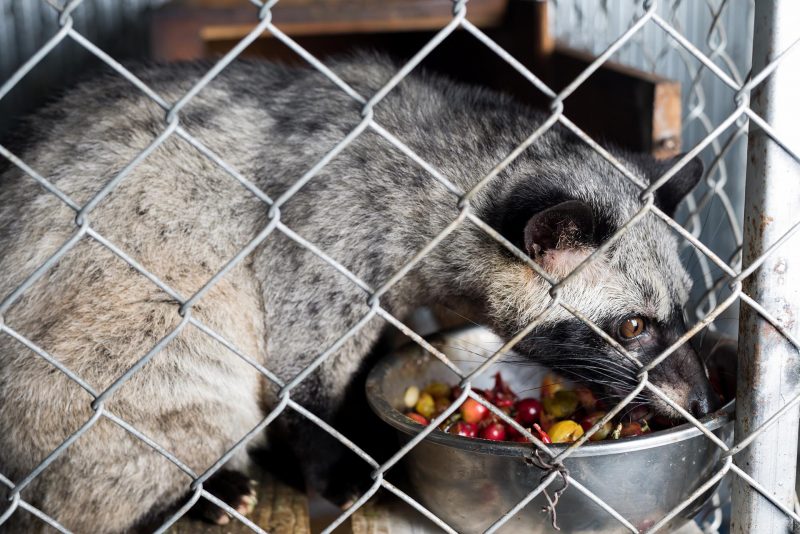
After all, an animal can’t be wrong and it won’t eat something bad, right?
Even Smarter People have found a way to turn it into business. Well, if this coffee is so amazing because it seems to be so delicious, and there is so little of it in the world, why not start producing it on a large scale, while maintaining the myth that it is the most unique and expensive coffee in the world?
The animal has no choice
For this reason in Vietnam, China or the Philippines, civet farms have been set up, where the animals are stuffed with coffee cherries like broilers. Those cherries come from all kinds of coffee trees, preferably the worst, as they are the cheapest ones – Robust, weak Arabica, with defects. Plus, there’s the issue of how the animals are bred and treated. One of the most expensive coffees in the world can easily claim to be one of the most unethical.
The Western World discovered kopi luwak thanks to the traveler, Tony Wild, who brought it from his expeditions as a curiosity. This quirky novelty became a desirable commodity, soaring prices up so much that it led to the situation as it is now. Whereas, it is estimated that the annual production of kopi luwak is around 50 tons! Does it still sound like a small, natural environmentally-friendly production?
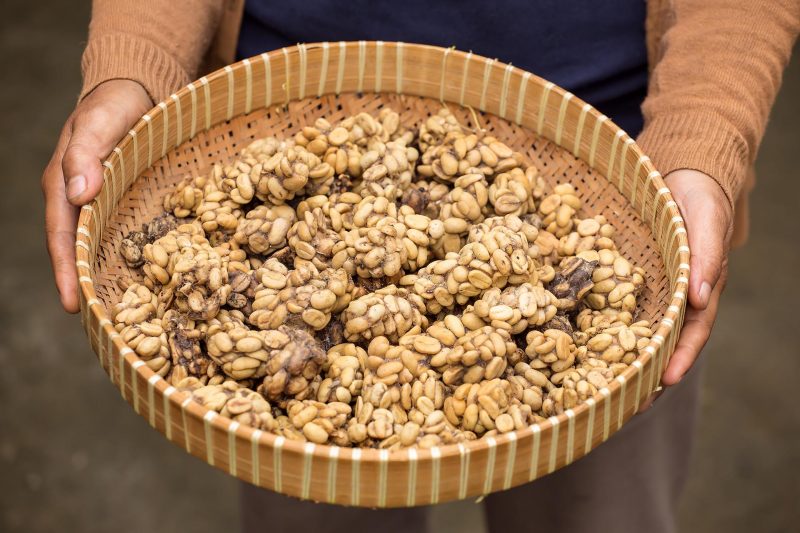
What about the price of such a delicacy? I did a quick overview of the various offers. On average: 440 EUR per kilogram. More than four hundred euros!
Are you still sure that drinking a cup of this ‘luxurious’ coffee, considered to be one of the most expensive, is a point of coffee lover’s honour?
More of the myths
Let’s suppose you are. Because you’re really into this caramel, sweet taste, completely devoid of bitterness. But did you know that you can find it in the coffee grown and processed in a traditional way?
For example, in high-quality coffees from Brazil, Guatemala or El Salvador.
You never really know what specifically is in the cup of kopi luwak. The packaging does not indicate in any way that the civets would feed on, for example, high-quality Arabica of a particular variety. It only indicates the country of origin, or possibly states that the coffee is Arabica. And the countries where kopi luwak is produced (let’s just say it) are not famous for the cultivation of high-quality coffees.
Besides, this trend has escalated to other animals: there also exist the coffees obtained from elephant crap, as well as the beans processed by the stomachs of monkeys.
And did you know that the coffees from the most expensive Panama plantations, the Geisha variety, are actually cheaper than kopi luwak? The ones that can really change the life of a true Coffee Drinker are around 220 EUR per kilogram. Yes, this is still a huge amount of money (although these types of beans are never purchased for private use in quantities greater than 250g). However, the uniqueness of these coffees and the depth of their taste largely compensate for the costs.
Getting down to earth, the prices of very high-quality coffees from the specialty segment oscillate around 30-55 EUR per kilogram. Ten times less than for kopi luwak. And in return, you get the coffee that you know everything about – its country of origin, the planation, the processing method, the botanical variety, the flavor profile or harvest date. In addition, it was roasted by experienced professionals in distinguished roasteries.
How about giving it a go?

